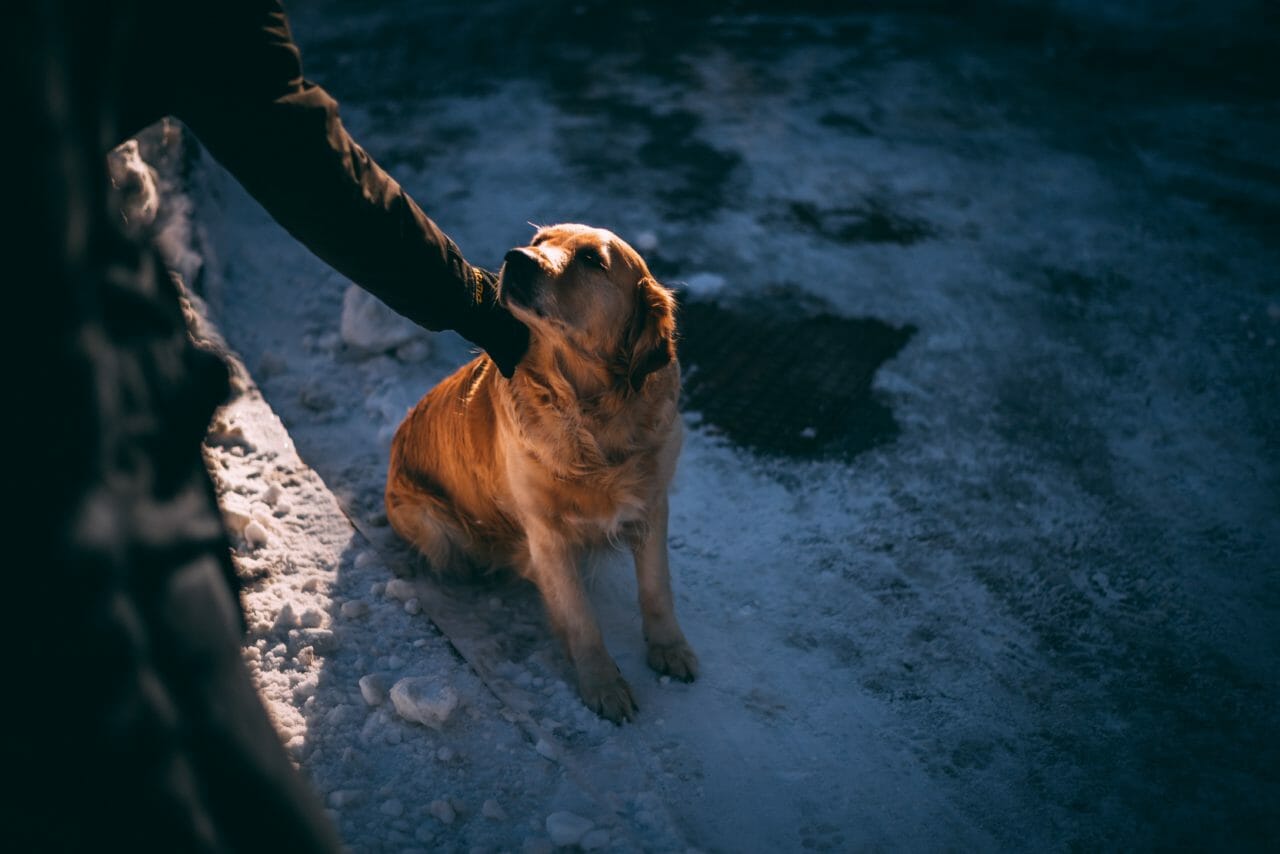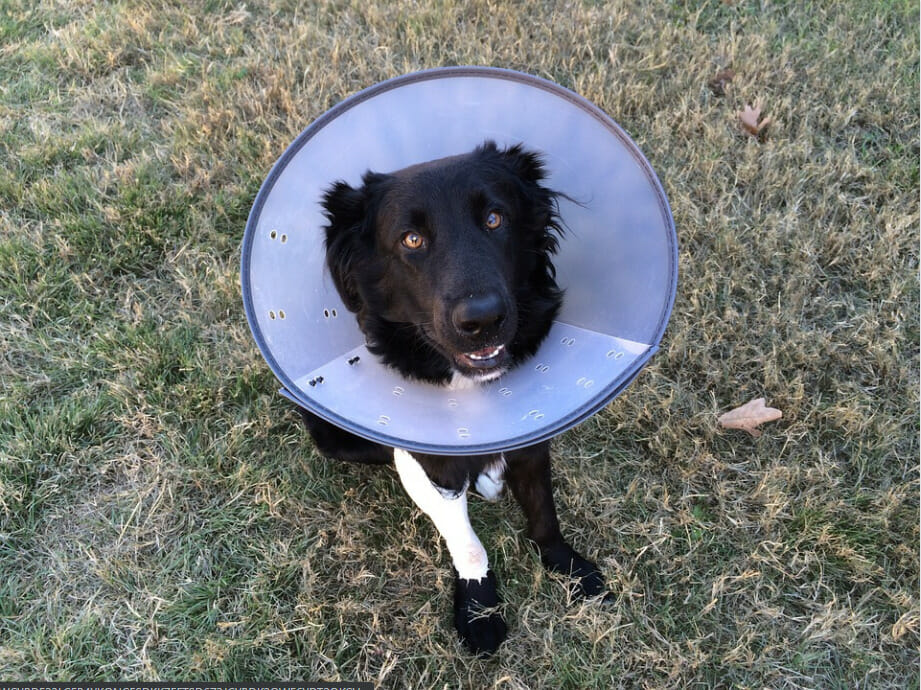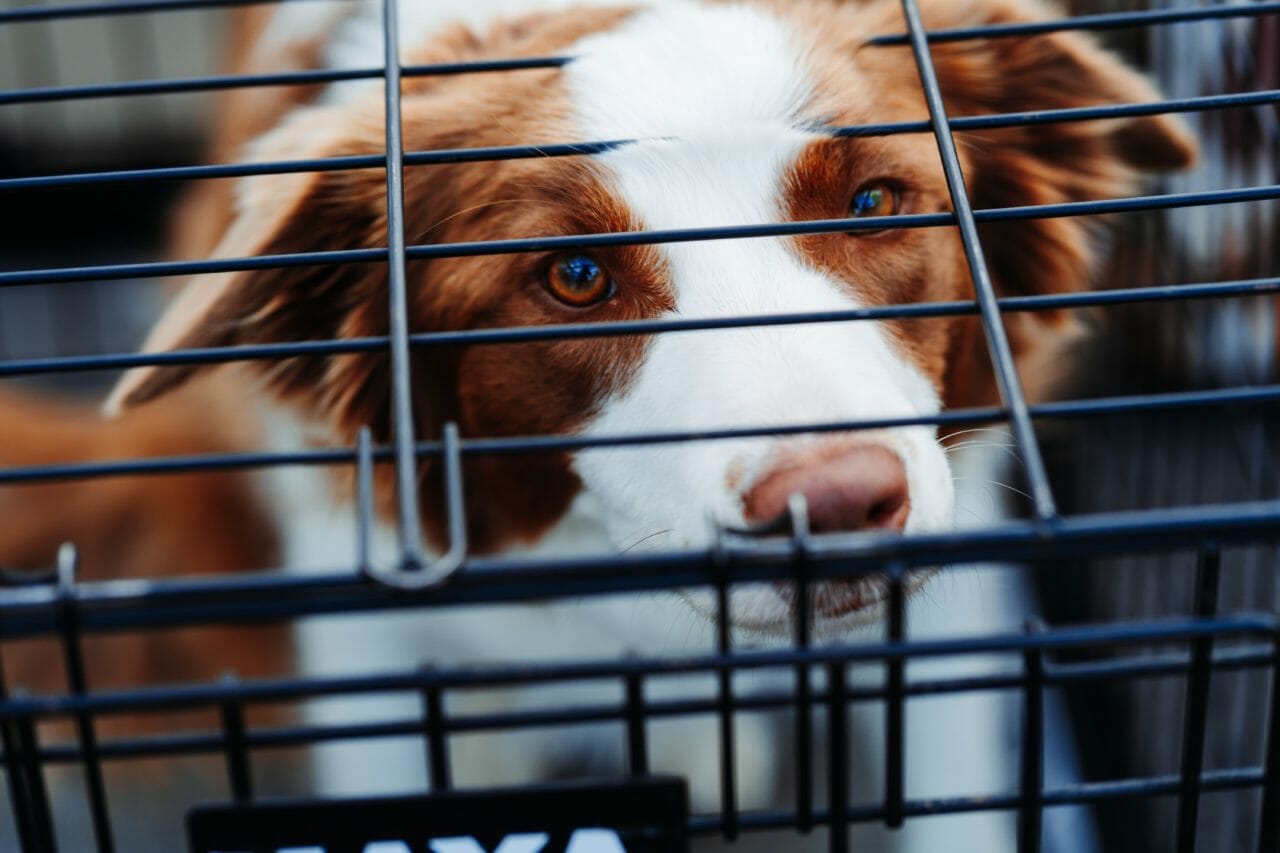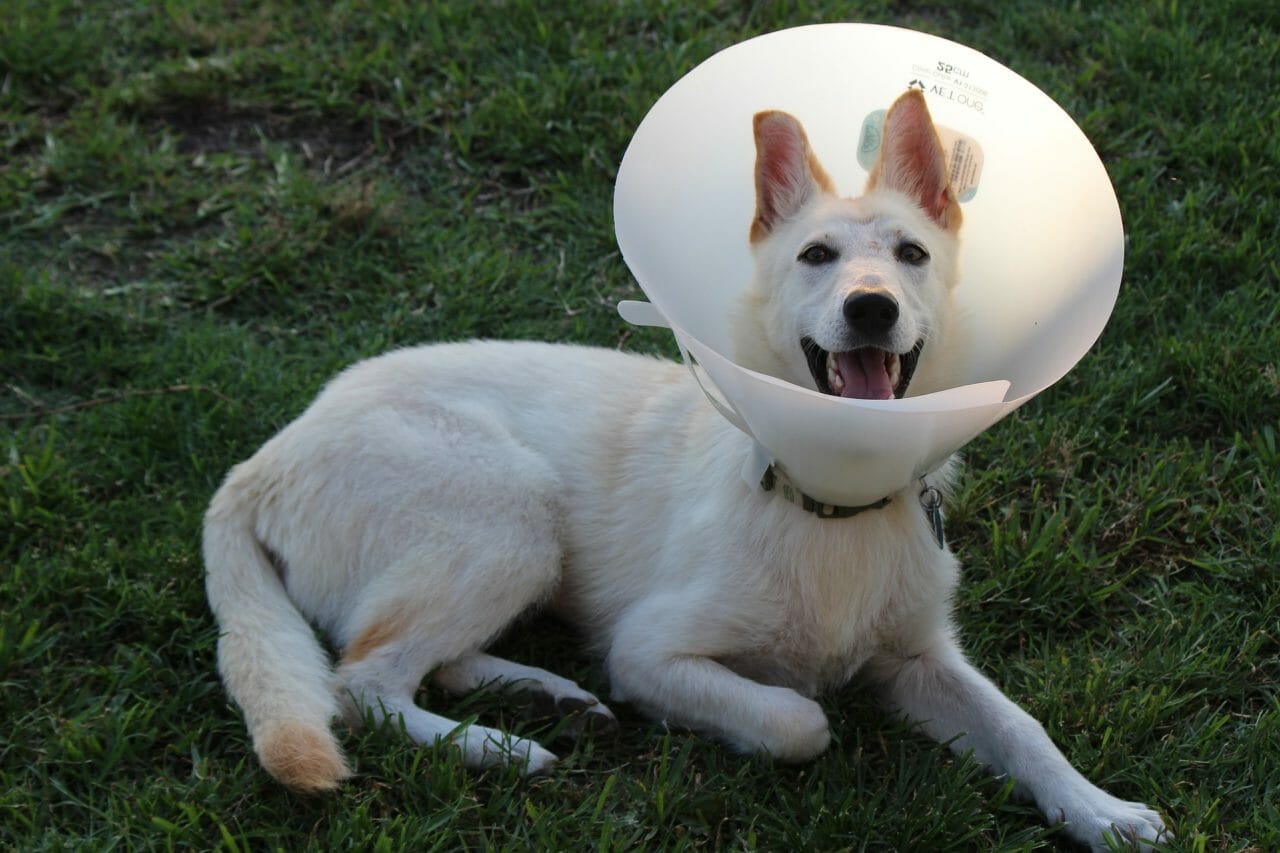Diskospondylitis in dogs is a serious condition that can cause a lot of pain and inflammation in your dog’s spinal cord if not treated properly. While there is currently no cure for diskospondylitis, identifying warning signs and beginning treatment as soon as possible will give your dog the best chance at a full recovery.
Because diskospondylitis is often difficult to spot in its early stages, it’s essential to be aware of the potential symptoms so you can get your dog to the vet for diagnosis and treatment as soon as possible.
In this comprehensive guide, RehabPet.com has everything you need to know about diskospondylitis in dogs, from the early signs and symptoms to look out for to current treatment methods and long-term outlook.

What Is Diskospondylitis?
Diskospondylitis is a bacterial infection of the vertebral disk that can spread to the surrounding bones and tissue of the spine. It’s a serious condition that, if left untreated, can cause permanent damage to your dog’s spinal cord.
While diskospondylitis can occur in any dog, it is most commonly seen in large-breed dogs, particularly those between the ages of one and five.. Some of the most susceptible breeds include:
- German Shepherds
- Golden Retrievers
- Labrador Retrievers
- Great Danes
While diskospondylitis mostly occurs at one location within your dog’s vertebrae, it might appear in more than just a few spots throughout their spines.
What Causes Diskospondylitis?
There are multiple ways your dog can pick up diskospondylitis. They all involve outside infection entering your dog’s bloodstream through different sources and then reaching your dog’s vertebra.
Three ways diskospondylitis can enter your dog’s body include:
Bloodborne Infection
Also known as hematogenous diskospondylitis, this infection occurs when bacteria or fungi enter your dog’s bloodstream through an open wound or cut.
Bloodborne infection is the most common cause of diskospondylitis in dogs.
Direct Infection
A direct infection occurs when the bacteria or fungi enters the disk through as your dog experiences an injury, such as a bite wound or penetrating trauma.
Direct infections are much less common than bloodborne infections, but can still occur.
Foreign Material
Bacteria or fungi can enter the disk through a foreign material, like a splinter of bone or a piece of metal. Your dog may have inhaled something while sniffing that can lead to this type of infection.
This is the least common form of diskospondylitis, but can still happen, especially in young dogs who are more likely to chew on things.
Now that we know how diskospondylitis can develop, let’s look at some of the signs and symptoms you should be looking for.
Signs and Symptoms of Diskospondylitis
Diskospondylitis often starts off slowly, with only mild pain and stiffness in your dog’s back or neck.
Signs can include your dog being less interested in activities he or she normally enjoys. they would normally do, like jumping off a couch or running to catch something you throw.
As the infection progresses, it can cause more severe symptoms, including:
- Intense pain
- Loss of appetite
- Fever
- Weight loss
- Stiffness or lameness in the affected area
- Sensitivity to touch or pressure
- Muscle spasms
If left untreated, diskospondylitis can cause permanent damage to your dog’s spinal cord and even paralysis. This is why it’s so important to be aware of the early signs and get your dog to the vet as soon as you notice something is off.
The best way to test if your dog is struggling with early diskospondylitis is to touch the area that seems to be affected most. If your dog winces, you’ll know the area is painful. This means you should book a vet appointment right away.
How Is Diskospondylitis Diagnosed?
Once you’ve taken your dog to the vet, your vet will ask you about your dog’s symptoms and recent activities. The vet will likely perform a physical exam, during which they will feel for areas of pain or tenderness.
From there, your vet might recommend one or more of the following tests to confirm diskospondylitis:
X-Rays
This is the most common diagnostic tool used to identify diskospondylitis. It can help your vet see any changes in disk shape or density that might indicate diskospondylitis.
Sometimes you may need to come back for additional x-rays if the changes to your dog’s vertebra are not yet significant enough to detect on the x-ray.
CT Scan
A CT scan uses special x-ray equipment and computer technology to create a more detailed image of your dog’s disk and spine. This can be helpful if your vet needs a better look at the disk or if your dog has diskospondylitis in multiple areas.
MRI
An MRI uses magnetic fields and radio waves to create a detailed image of your dog’s disk and spine.
CSF Tap
A CSF tap involves your vet inserting a needle into your dog’s spinal canal to collect a sample of cerebrospinal fluid (CSF). This fluid surrounds and protects your dog’s brain and spinal cord. The CSF can be tested for the presence of bacteria or other abnormal cells, which can help confirm diskospondylitis.
Your vet will likely recommend one of these tests to confirm diskospondylitis and rule out other potential causes of your dog’s symptoms.
Treatments for Diskospondylitis
Diskospondylitis can be painful and debilitating for your dog, so getting them treatment as soon as possible is important. The earlier diskospondylitis is caught, the easier it will be to treat.
There are two main types of treatment for diskospondylitis: medical and surgical.
Medical Treatment
Medical treatment involves giving your dog antibiotics to clear the infection. This is often the first course of action, as it can help reduce the pain and inflammation caused by diskospondylitis. Your dog will likely need to take antibiotics for 6 to 12 months
Sometimes, your vet might also recommend pain relief medication or steroids to help reduce inflammation.
Surgical Treatment
Surgery might be necessary if medical treatment doesn’t clear the infection or if diskospondylitis has caused damage to your dog’s spinal cord.
Surgery aims to remove the infected disk and any damaged tissue. This can help relieve pain and prevent further damage to the spine.
How To Help Your Dog Recover From Diskospondylitis
The most important thing you can do for your dog during recovery is to follow your vet’s instructions. This includes giving them any prescribed medication and bringing them in for all follow-up appointments.
You should also keep your dog calm during their recovery. This means limiting their activity and not letting them jump or play too roughly. A dog bed or crate can help them stay comfortable and prevent them from overexerting themselves.
Finally, make sure you are providing your dog with a healthy diet. This will help them heal and give them the energy they need to recover. A full recovery from diskospondylitis can take several months to a year, but your dog will be back to normal with proper treatment and care.
Final Thoughts
Diskospondylitis can be a serious condition, but most dogs fully recover with proper treatment.
Contact your vet immediately if you think your dog might have diskospondylitis. The sooner diskospondylitis is diagnosed and treated, the better the outcome will be for your dog. Make sure to show them lots of love and care during their recovery!



